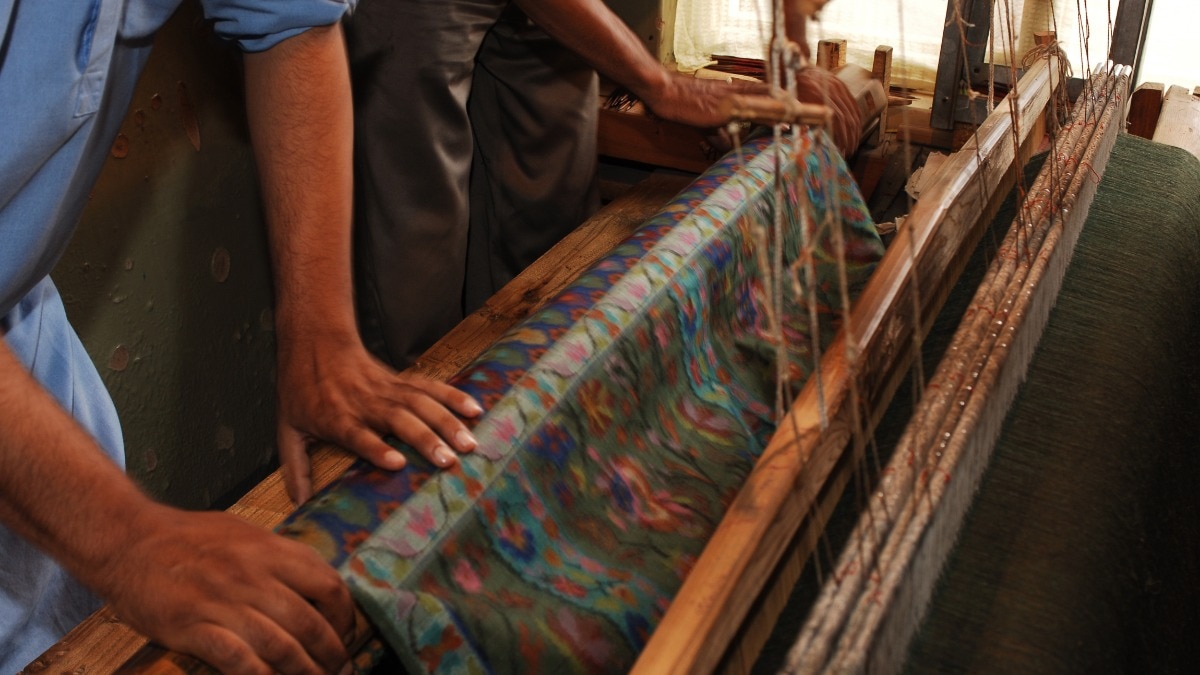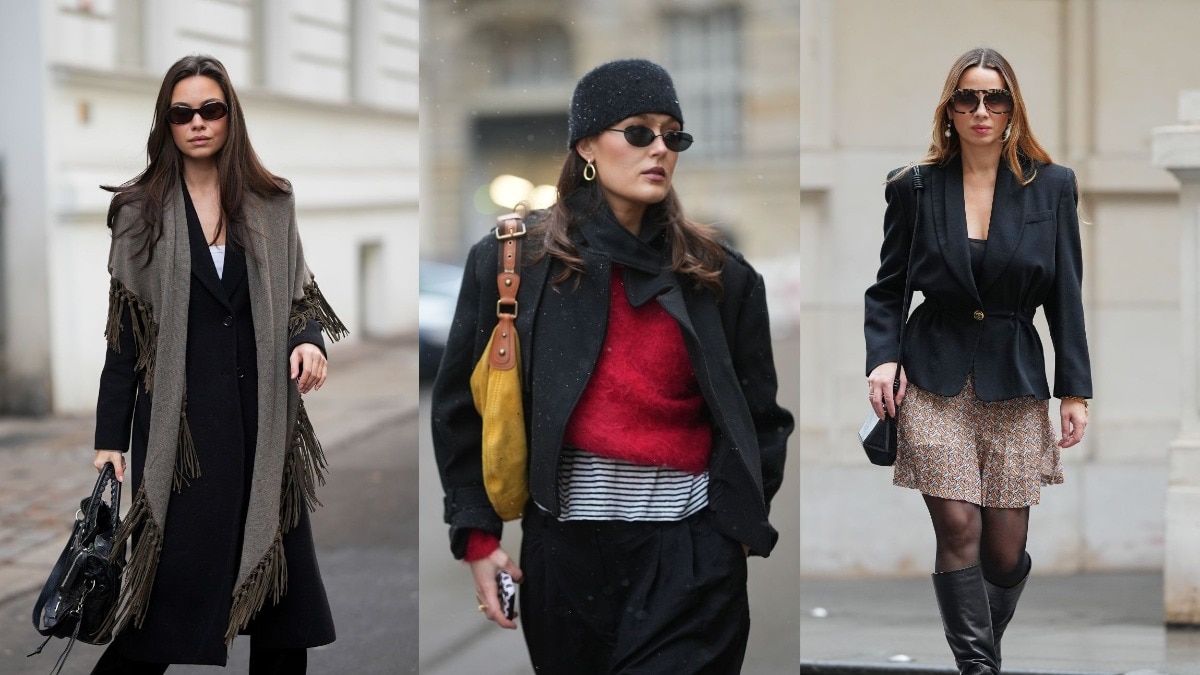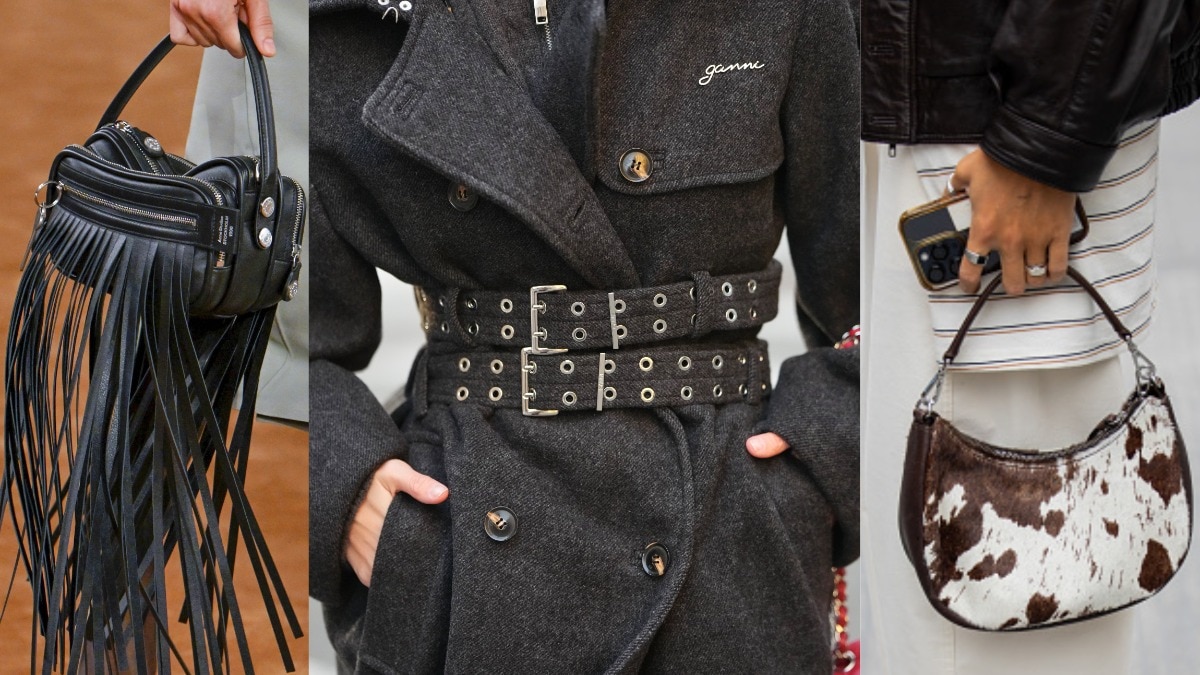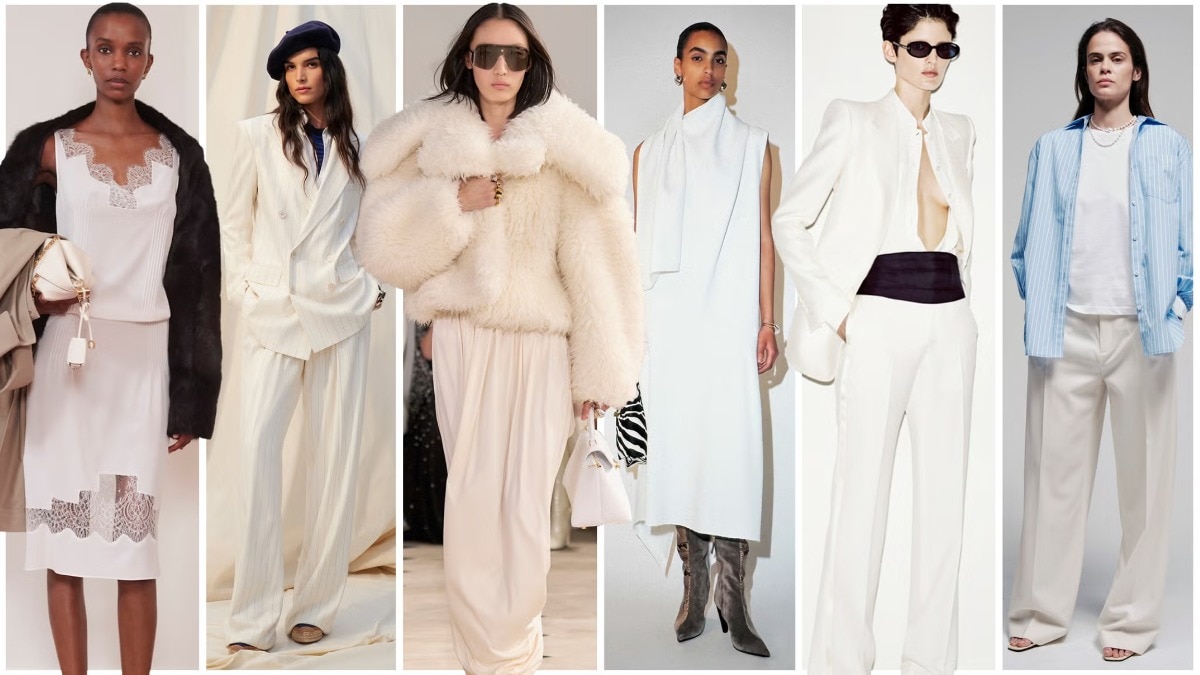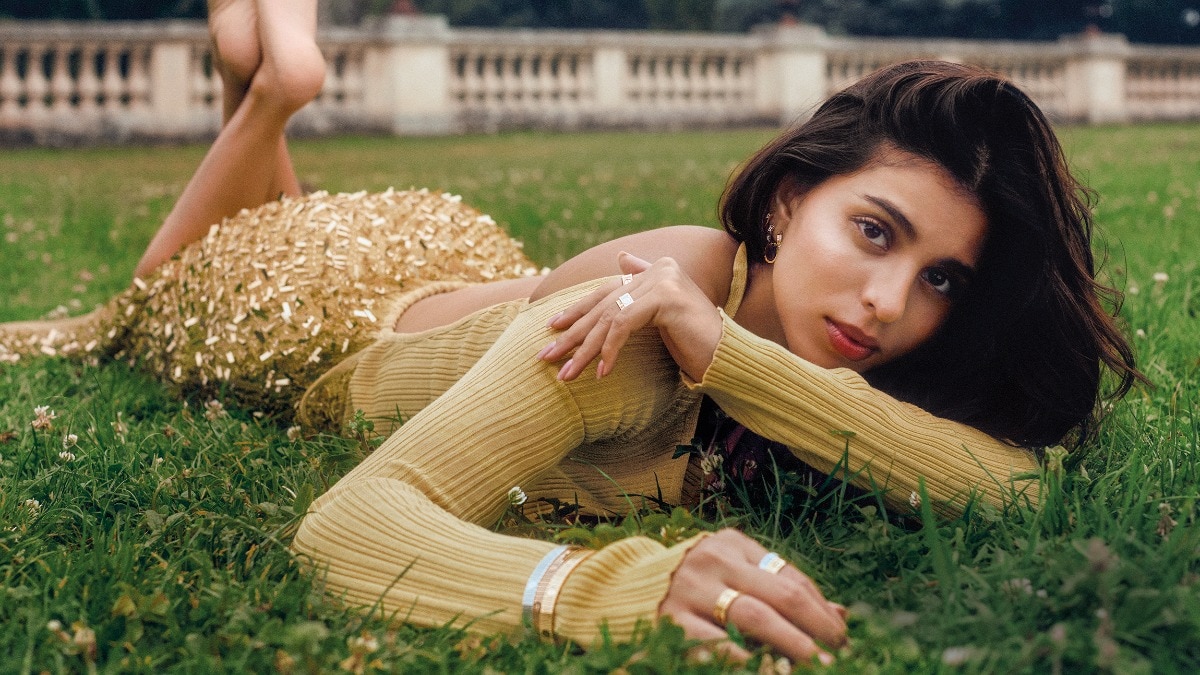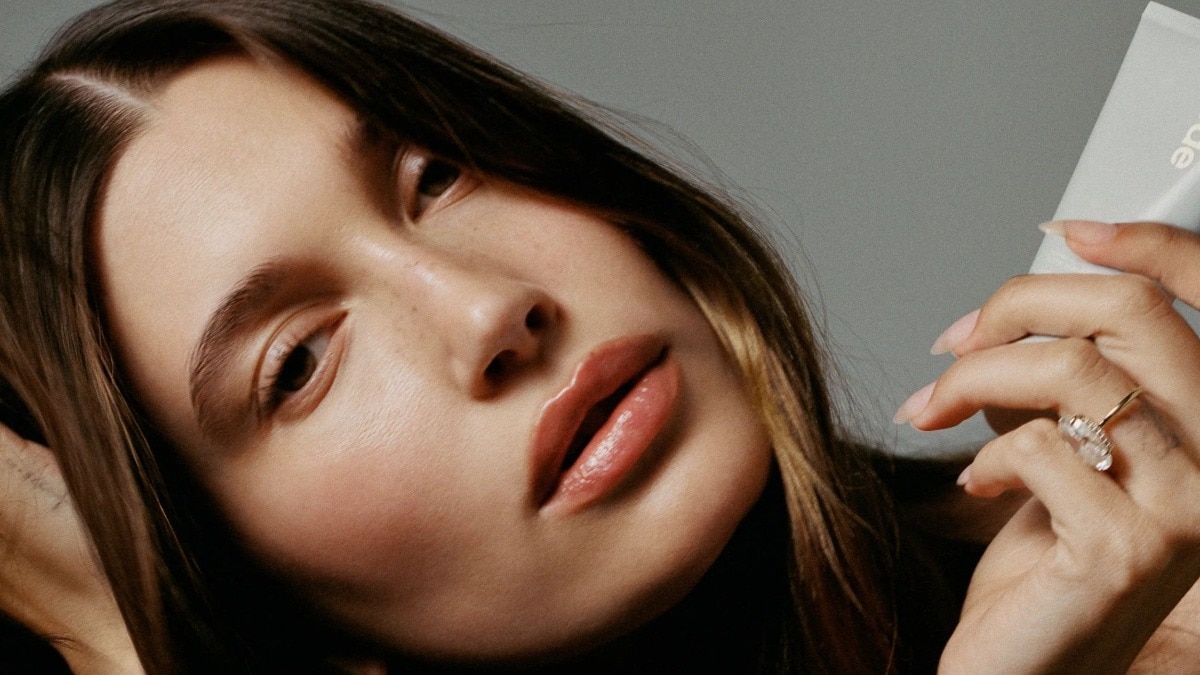Indian textiles hold the secret to easy-breezy monsoon fashion
Exploring homegrown fabrics that honour the season.


In fashion parlance, we use the term ‘Spring/Summer’ for the months of March through July. In India, the seasons have their own names— Vasant (spring), Grishma (summer), and Varsha (monsoon). After all, India experiences three different seasons across five months, whereas most western countries experience only two. It is no wonder, then, that while the bikini, bright pops of colours, or serotonin-pumping prints are all nice ideas for summers, they are also blanket, global diktats for what should be in trend for ‘warmer’ months. These ideas, in a post-pandemic world, seem reminiscent of a redundant fashion and weather calendar. As we battle climate changes, long summers, and heatwaves, solutions and conversations around clothing and fashion focus on the homegrown and hyperlocal. Clothes that keep us cool have to feel good, and our Indian textiles have always held ancient wisdom.

“Can you imagine if some 5th Avenue merchandising satrap decided that the cool, diaphanous chanderi, maheshwari, and chikankari whites and creams were out, and all of us had to sweat out the summer in stretch polyester?” asks Laila Tyabji, founder and chairperson of DASTKAR Society. A textile and Indian crafts expert, Laila is the torchbearer of an India-proud sentiment. As the world wakes up to the costly wastefulness of fast fashion, a whole generation of makers and wearers has decided to return to our roots.

Take, for instance, Rajasthan—come March, and women start dressing in white with vibrant bandhani dupattas in pinks and reds known as phagnia. These phagnia colours signal the incoming spring season and are the unofficial uniform for Holi. Eco-conscious brand 11.11’s take on summer fashion is almost Gandhian. All their clothes are handspun, handwoven, and made in natural dyes. Their handspun yarn is a low twist yarn made on a single spindle charkha (petti charkha) or multi-spindle (amber charkha). Shani Himanshu, co-founder of 11.11 shares, “The low twist yarn creates air pockets that help in maintaining the body temperature.” Many natural dyes have medicinal values in them as well. It is the purest form of second skin one could consider, especially on sweltering days, when synthetic fibres feel itchy.

The history of dhakai jamdani is equally interesting, if not scandalous. The Mughal Emperor Aurangzeb accused his daughter of being naked, even though she was dressed in several layers of the finest muslin jamdani. Often described as ‘baft hawa’ (woven air), ‘aberawan’ (running water), and ‘shabnam’ (morning dew), it is the lightest and finest of textiles. Once upon a time, it was only commissioned by royalty. Today, we also get to have Raw Mango’s take on the softest West Bengal mul-muls that remind you of a cool breeze on a hot day. Eri silk from North East, an ingenious textile, possesses thermal qualities, keeping you warm in cooler months and cool in summers. Most importantly, the cocoons are harvested only once the moths have left, giving them the unique title of Ahimsa or non-violent silk. Finally, it wouldn’t be a true summer without floral prints (clichés are true because they work), and while marigolds did come from Mexico, they have now become synonymous with Indian weddings, festivals, and homes since the last 350 years.

Photographs: Sahil Behal
Styling: Vinita Makhija

